July 28 - August 3, 2019: Issue 414
Dorothea Mackellar: On Trees
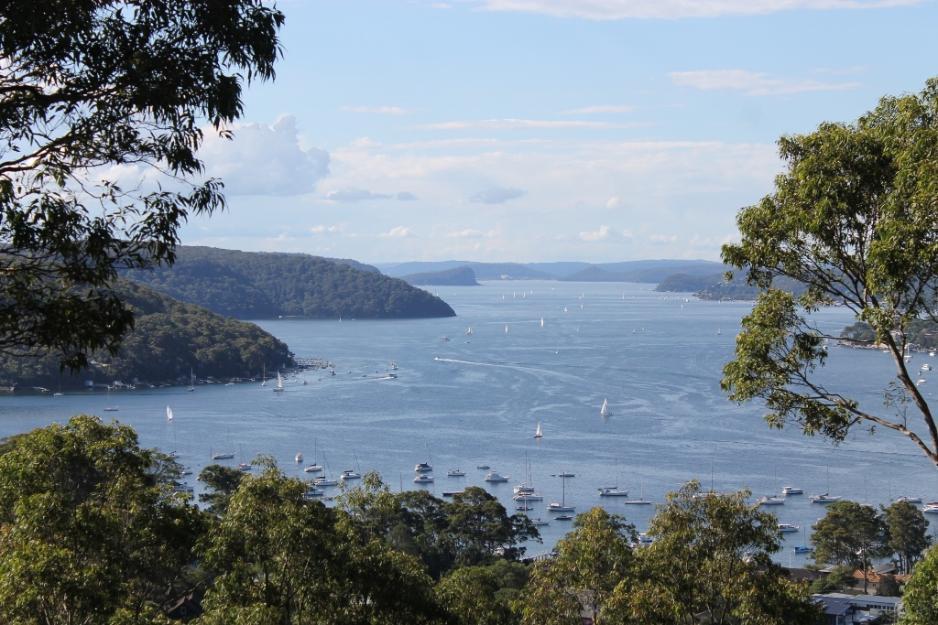
TREES.
AN OPPRESSED PEOPLE.
(BY DOROTHEA MACKELLAR.)
They are not oppressed In all countries. In some they are loved, valued, and honoured, but few Australians care about them, although their lovers care very much indeed. Most Australians know nothing about their own trees. Others, of whom I am one, know far too little, but-we feel, with Stevenson's visitor from a neighbouring planet, that "these people seem to have very good manners," and although we are told that they are only vegetables without the gift of speech we seem to hear them sing.
Is there another country in the world where trees are so despised, neglected, misunderstood, slaughtered as they are here? Of the slaughter I hope to speak later: It may be an unconscious memory of pioneering days which makes us fell trees so recklessly on any pretext or none. There is no such explanation tor the way we despise them. Many of us sweep away trees Indiscriminately in order to see a view which owed more than half Its beauty to being seen through their screen. And our neglect. How few of us think of watering a tree In dry summer weather, or of cleaning away Its dead wood? Even gardeners will sometimes speak as if trees should be superior to all vegetable needs; as if the magnolia's jaggedly broken branch ought to tidy itself without help, or the pittosporum were to blame for requiring to be sprayed when there is scale about. They do not talk like that about their roses and dahlias.
LACK OF KNOWLEDGE.
The way we misunderstand trees wants a paragraph of Its own. We usually know neither their names, their natures, or their birthplaces. I have been assured by Australians, at different times, that the eucalyptus, wattle, pittosporum, flame-tree, kurrajong, blue-berry ash (deutzla), and white cedar are not indigenous to Australia, the reasons given being that the eucalyptus, wattle, and kurrajong had been seen by the speakers In other countries, that the pittosporum "looked as It it grew where oranges did," and that the flame-tree and white cedar shed their leaves. The first reason Is perhaps the oddest; no one has yet attempted to prove that the English oak Is not a European tree because there are specimens of It growing In Sydney. I rather like the second reason; it at least shows that they had some feeling for the nature of pittosporums. The third reason is plain Ignorance.
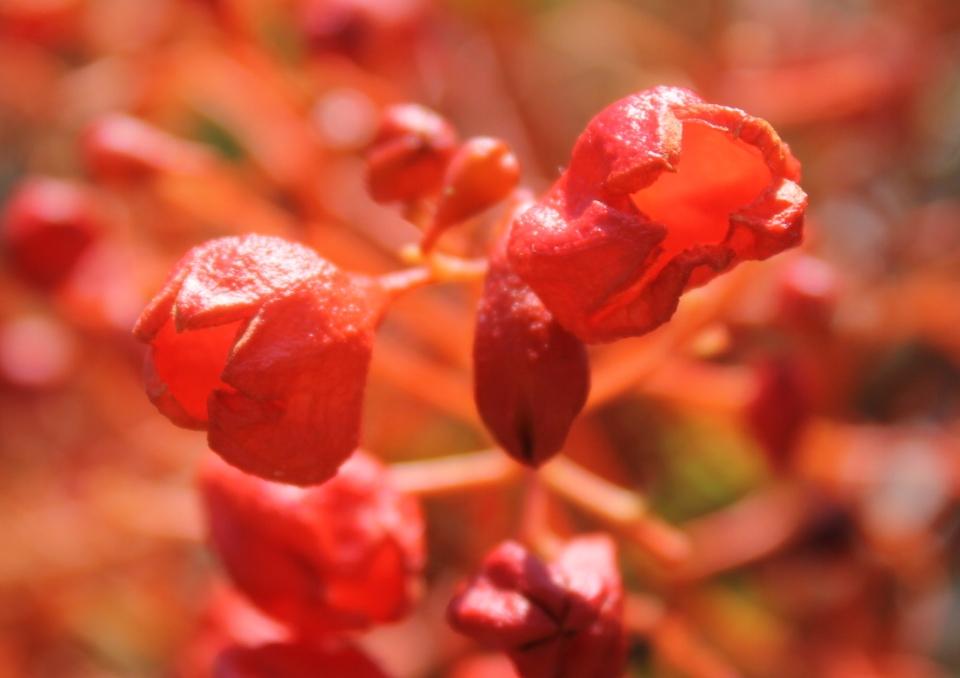
Illawarra Flame Tree flower - AJG Photo.
To come back to the first. Since Australian trees are given pride of place in so many lands, it is strange they should be so little admired by their own people, as a whole, even when they get a sort of contemptuous affection. "Of course, I like the old gumtrees, ugly as they are," some one said to me the other day.' ' Ugly! There are pinched and stunted trees, ungraciously shaped, just as there are ugly horses, but that does not prevent the horse from being a beautiful animal.
Some years ago in Paris, Knoblock's play "Kismet" (produced here by Oscar Asche) was beautifully though elaborately staged. When the curtain rose on the Sultan's garden-a most lovely scene I observed beyond the marble swimming pool, exquisitely silver against a sky of moonlight-blue, one slender sapling bluegum. But when I chuckled to a friend about the anachronism of that particular bit of beauty in Harun Al-Rashids garden, a thousand years or so before Australia was discovered (for whether Malay pearl fishers came here In old days or not, no one claims that they Introduced the eucalyptus Into Asia), she only said, "But I've seen bluegums in Ceylon, as well as the South of France." However, she admitted that that bluegum added the last touch of ethereal grace to the Khalife's garden. Had it grown in hers she would quite likely have told a pleased gardener to take the scraggy thing away. I fear that she was of those who admire the beauty of silver-grey olive trees with their writhen trunks, having read of this in many books, but have no eyes tor the kindred beauty of a tea tree.
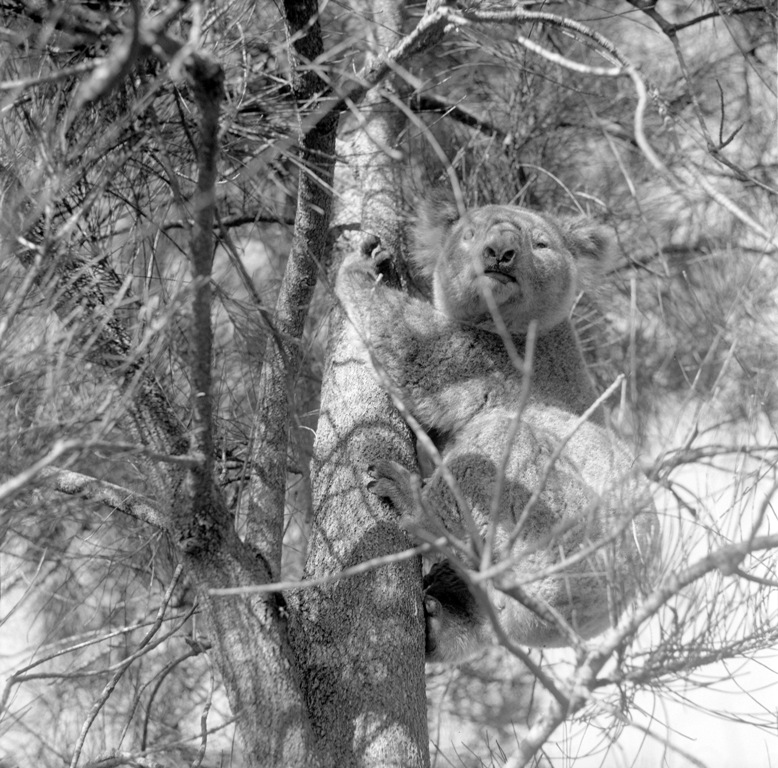
ASKING THE IMPOSSIBLE.
People are so unjust to Australian trees. Even the I-haven't-seen-any-other-country-and-don't-want-to, Australla's-good-enough-for-me type (which, though dull, is less irritating than the snob), is apt to say that Australian foliage is monotonous. So are clouds, If you do not observe their shapes and colours. We can find what we want of either, If only we know where and how to look, but It is no use to ask the scented showers of this peppermint gum for dense shade, or the Moreton Bay fig for feathery plumes. Yet that, in effect, is happening constantly. Generally it is monotony of colour of which people complain, the "uniform bronze-green" (or "blue-green" or "grey" the colour sense of the complainants is apparently weak). They never notice the enchanting bright green of the apple trees (angophora), or the green beryl colour of the flame-tree leaves, and there are plenty of the latter about, even if apple trees are scarce in town. But most likely they are among those who think that some trees are foreign because they lose their leaves. A natural mistake, but why some should suppose the blue-berry ash is an exotic I cannot imagine, unless it is that some of Its leaves turn a splendid orange-crimson, just when the berries, like polished lapis lazuli, are clustered thickest. But the leptospermum has been called a stranger, too, and it has no autumn colouring, only its strong leaves, lettuce-green when they break from the bud, and like Indian jade in their maturity, and its profusion of lacy white stars. It is true that the stars fall as they fade, and make a soft brown praying-carpet under the boughs; trees have been murdered for less.
But of tree-killing; lawful execution or plain murder, I hope to speak later.
TREES. (1925, August 15). The Sydney Morning Herald (NSW : 1842 - 1954), p. 11. Retrieved from http://nla.gov.au/nla.news-article16235725
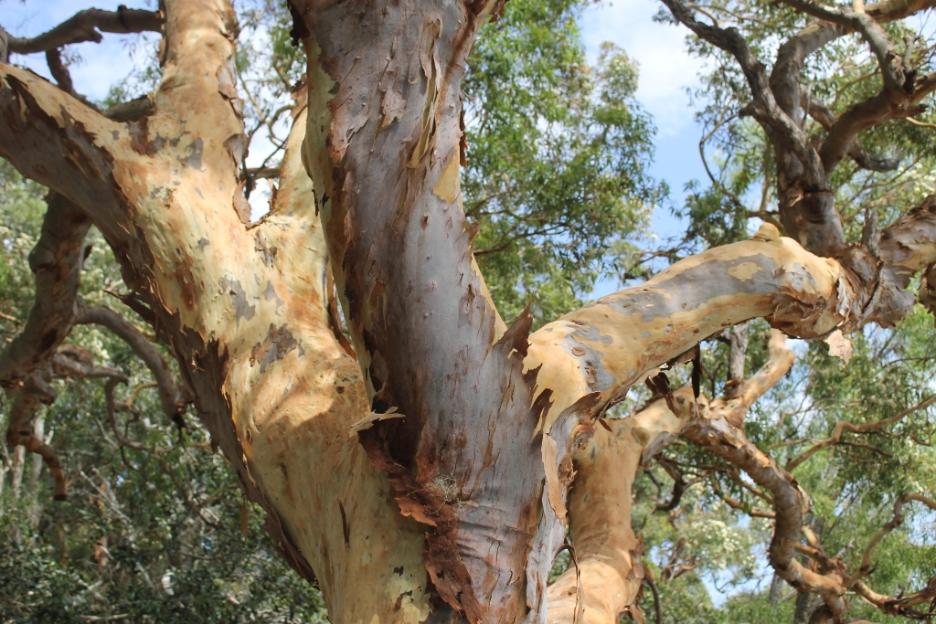
FOR THE CHILDREN.
-------------
BARGAIN.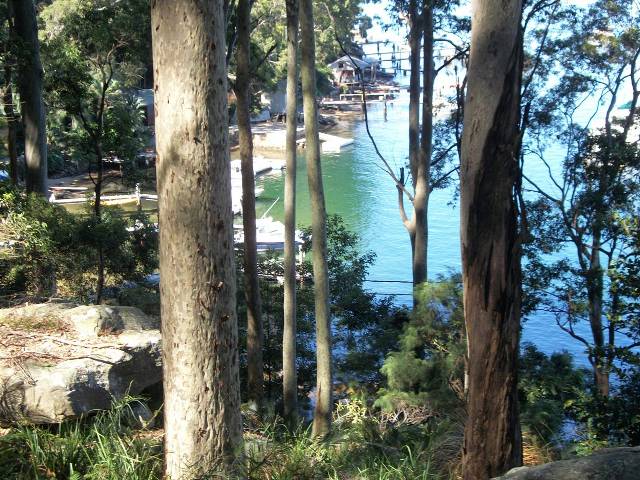 What do you think the Kindly Folk, the
What do you think the Kindly Folk, the
fairies, gave to me?
A bird-delighting fountain
And an almond-tree,
A trembling silver tinkle of creek, a little
house of stone,
And a clean and leafy woodland
Wherein to walk alone.
What was the price the Good Folk asked?
Never their gifts are sold.
I would not chaffer with them
For the fairy gold.
I freely gave a promise instead, that pleased
the fairies well,
But what It was, for Paradise,
Orchid-valleys, and trees of spice
I will not tell.
DOROTHEA MACKELLAR.
FOR THE CHILDREN. BARGAIN. (1926, May 15). The Sydney Morning Herald (NSW : 1842 - 1954), p. 11. Retrieved from http://nla.gov.au/nla.news-article16292243
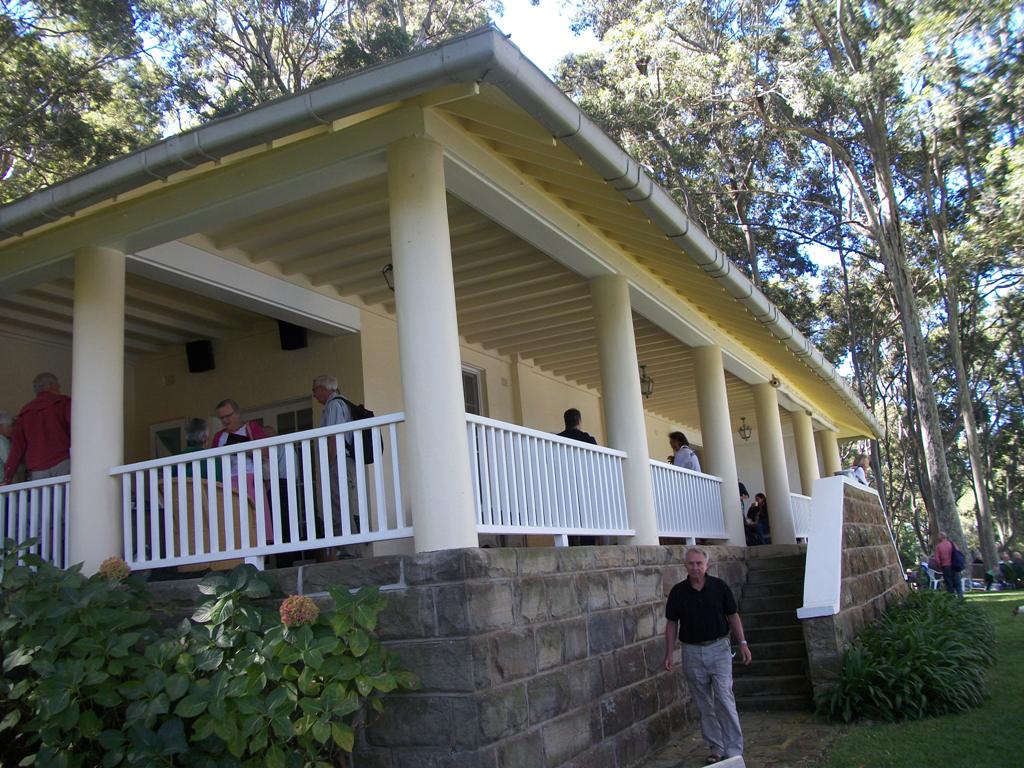
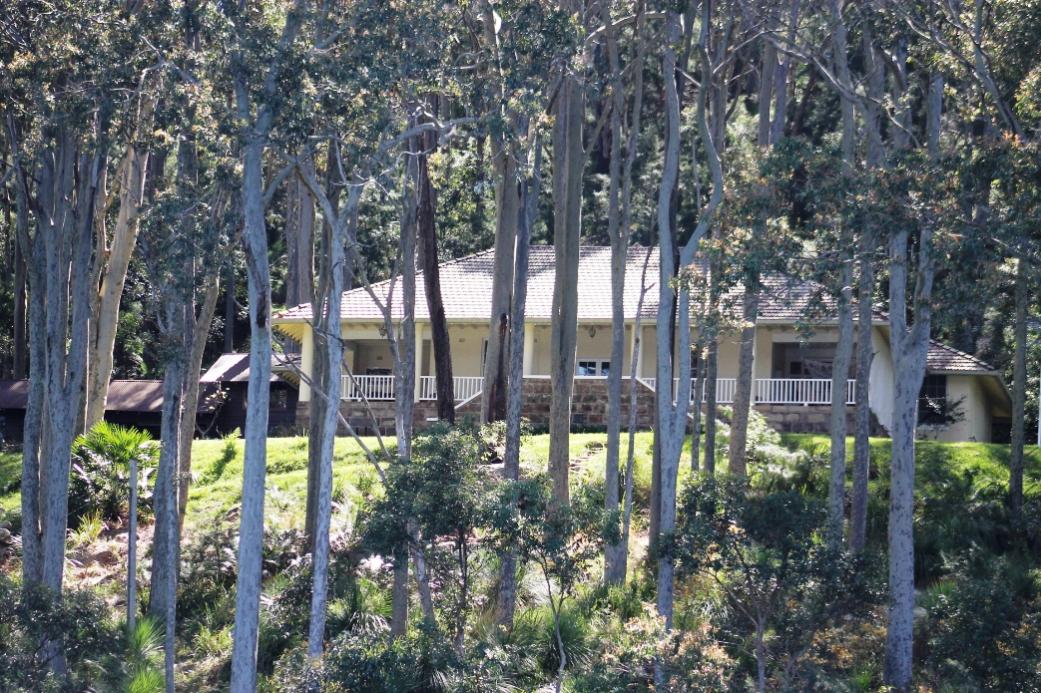
Tarrangaua at Lovett Bay - Dorothea's Pittwater Home - AJG Photos.
IN THE 1920's Australian poet Dorothea Mackellar commissioned well known architect, Hardy Wilson to design a private bushland home for her at Lovett Bay on Sydney's Pittwater.
TENDERS. Pittwater.—Erection of a large stone cottage at Lovett Bay, Pittwater. (Quantities) Messrs. Wilson, Neave, and Berry, Union House, George-street. TENDERS. (1925, September 16). The Sydney Morning Herald (NSW : 1842 - 1954), p. 10. Retrieved from http://nla.gov.au/nla.news-article16242512
MISS DOROTHEA MACKELLAR, of Darling Point, the poetess, has just returned from two weeks' holiday at her cottage at Pittwater, where she enjoyed a quiet holiday, devoting most of her days to swimming and fishing. SPOTLIGHT ON SOCIETY (1937, April 22). The Sun (Sydney, NSW : 1910 - 1954), p. 37 (LATE FINAL EXTRA). Retrieved from http://nla.gov.au/nla.news-article230341202
SECRET BALLOT
Sir, — I read with great interest Mr. J. P. Ormonde's article last Thursday, but his last three paragraphs, opposing the secret ballot, puzzle me, especially the statement that the secret ballot "robs the leadership of the power of initiative."
Unless leadership has become flabby, it necessarily retains the initiative. Possibly Mr. Ormonde, by a lapse of memory, has confused "initiative" with "absolute power." "Initiative," according to the Universal English Dictionary, ed. 1936, means: "1. Initial step, introductory measure, first move. Phr. to have the initiative, to have the power or right of making the first move; to take the initiative, take the lead. 2 (polit.). Right to introduce legislative measures. 3. Mental capacity for originating; ability to start something new; to make new departures; enter-prise, originality."
The power or right of making the first move. Not the power to compel every man to follow, regardless of his own convictions. That is totalitarianism.
DOROTHEA MACKELLAR.
Lovett Bay, via Church Point.
SECRET BALLOT (1947, January 15). The Sydney Morning Herald (NSW : 1842 - 1954), p. 2. Retrieved from http://nla.gov.au/nla.news-article27904847
PEACEFUL VOICES.
I fortunate, I knew a refuge
When the strained spirit tires
Of town's metallic symphony
Of wheels and horns and wires:
Where through the golden empty stillness
Cool flowing voices speak,
The alto of the waterfall,
The treble of the creek.
From far, beyond the headland's shoulder,
South-easters bring to me
Reminder of earth's wandering,
The strong voice of the sea.
I happy, in a leafy fortress
Listen to hidden birds
And small waves of a hidden tide
Mingling their lovely words.
-DOROTHEA MACKELLAR.
PEACEFUL VOICES. (1926, February 6). The Sydney Morning Herald (NSW : 1842 - 1954), p. 11. Retrieved from http://nla.gov.au/nla.news-article16265351
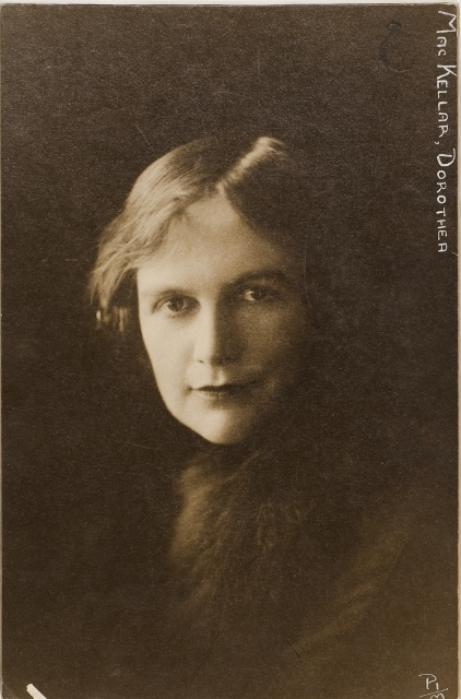
Dorothea Mackellar, writer, 1927 by photographer May Moore. Image No: a4220076. Courtesy State Library of NSW
A RHYME OF GUM TREES. 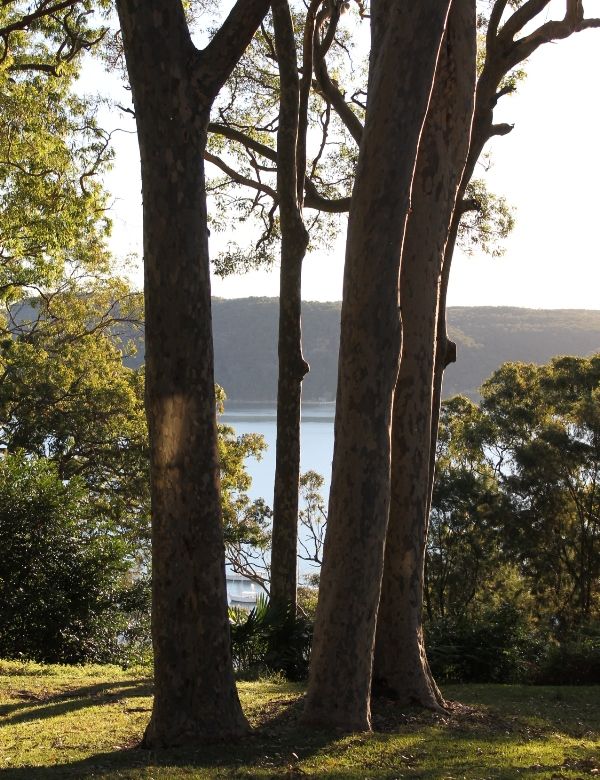 Bronze-green, bronze-gold, the eucalypts
Bronze-green, bronze-gold, the eucalypts
stretch out to the horizon,
The reticent tall children of a frank and
subtle land.
The hundred-named, the million-formed
"monotonous" men call them,
The gum trees that some artists and all lovers
understand.
For Corot's ghost is often here, and living
men come also,
To paint them In the sunbeams' shower; no
trees so glance with light;
Or ranged upon hillside like the-columns of a
temple,
Or tossing wild funereal plumes against the
coming night.
The gum trees sleep so lightly that the faint-
est breeze will wake them,
For I have seen them etched In black on
skies of apple-green,
Till feather-soft the dawnwind ran among
their carven branches,
The sun uprose; and feather-light they danced
in golden sheen.
They never were like other trees, and all
their subtle changes
Of flower and leaf, and all their moods of
gaiety or pride
Or cynical reserve, will go unknown save to
their lovers,
But It will not fret the gum trees if their
beauty Is decried.
Sharp wafts of scent are blown to me; from
here to the horizon.
The secret forest roaches out, as restless as
the sea,
With foam of blossom here and there; and
every tree within it
Is pungent with the savour of Its own Identity.
DOROTHEA MACKELLAR.
A RHYME OF GUM TREES. (1925, March 21). The Sydney Morning Herald (NSW : 1842 - 1954), p. 13. Retrieved July 28, 2019, from http://nla.gov.au/nla.news-article16197033
Jean-Baptiste-Camille Corot (16 July 1796] – 22 February 1875), or simply Camille Corot, was a French landscape and portrait painter as well as a printmaker in etching. A pivotal figure in landscape painting, his vast output simultaneously referenced the Neo-Classical tradition and anticipated the plein-air innovations of Impressionism.